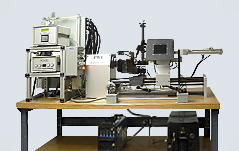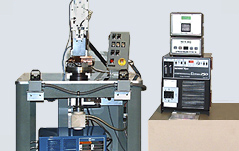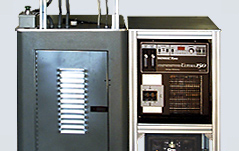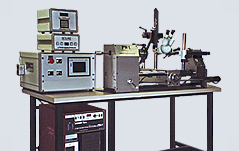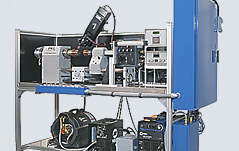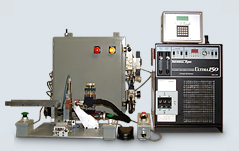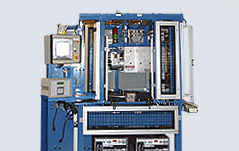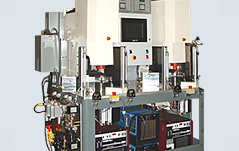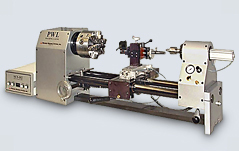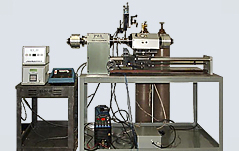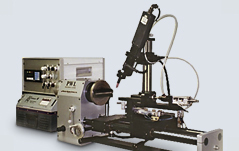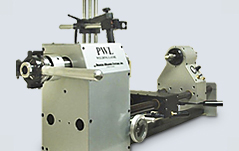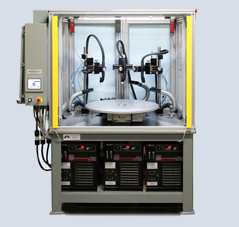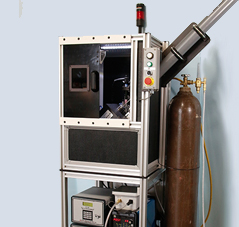Automated Welding Systems Offer 4 Main Advantages:
Semi-Automated Welding Benefits:
1. Improved Weld Quality: mechanized welding improves repeatability
2. Control: the arc welding system offers the ability to better control the manufacturing process
3. Decreased Scrap: automating the manufacturing process decreases error potential
4. Consistency: an automatically produced machine-weld offers more consistency than less controlled methods.
Weld Quality Consists of Two Factors: Weld Integrity & Repeatability
Automated welding systems ensure weld integrity through electronic weld process controllers. Combining mechanized torch and part motions with electronic recall of welding parameters results in a higher quality weld than can be accomplished manually. This offers instantaneous quality control. Furthermore, because a weld is made only once, defects are readily visible and detectable. Humans tend to "smooth over" a mistake with a torch, hiding lack of penetration or a possibly flawed weld. In some cases, leak testing and vision systems can be integrated into fully automated systems to provide additional quality control.
With manual welding, reject welds often increase when welders become fatigued. Depending on the value of the parts when they arrive at the welding station, the cost saving in scrap alone may justify the purchase of an automated welding system. Automation should also be considered when assemblers need to minimize the risk of shipping a bad part to a customer. Typically, a semi-automatic system has at least twice the output of a skilled welder.

